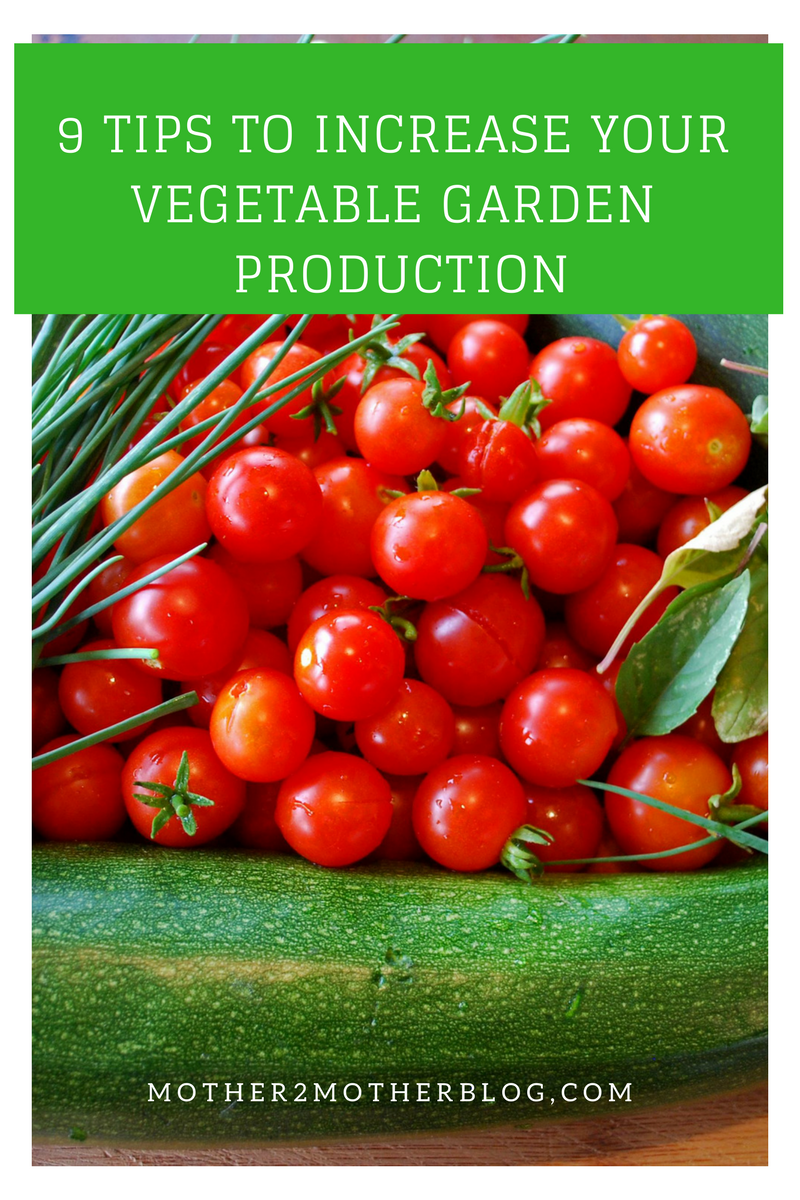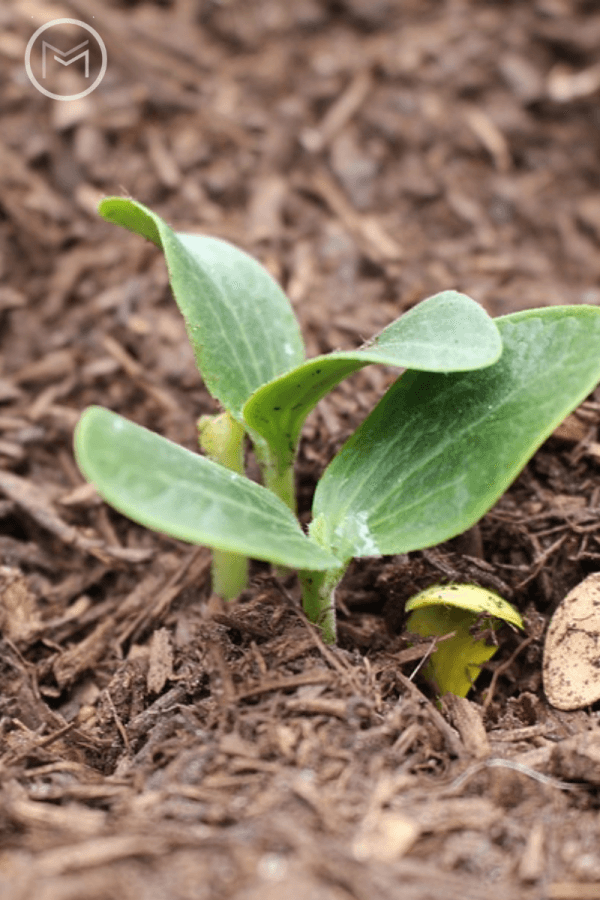Backyard vegetable gardening is an ancient practice that has survived centuries. Vegetable gardens allow you to eat homegrown crops all year round. As promising as this may seem, it is unfortunate that many vegetable gardens do not really reach their full potential. The size of your garden may seem limiting, but there are ways to improve its production.

Here are 9 tips to increase your backyard vegetable garden’s production:
A Closer Look at Your Growing Medium
This may seem a bit cliché but it doesn’t reduce its importance. Your garden soil is basically the environment your vegetables would sit in. With this in mind, any improvement – directly or indirectly – on the soil would have an effect on your backyard vegetable gardening production. Get the soil tested by your local agricultural agency. Add fertilizers and lime as well as synthetic and organic nutrients if needed.

Use of Quality Seeds and Seedlings
While the soil may be the environment the vegetables will sit in, the quality of the seed or seedlings would determine the level of production. You cannot invest in poor quality seeds and expect a good production. Investing in improved seeds and seedlings can help improve the general production of your vegetable garden.
Understand the Principle of Spacing
Most crops, if not all, have a required spacing. Plants attain different sizes when matured. The required spacing is one that would maximize the entire garden space and still allow for proper growth of the plant.
The shape of Your Beds
Another way to increase your vegetable garden’s production is to provide more space for your plants. Raised beds, roll and square foot gardening are all effective methods for backyard vegetable gardening.
You May Need to Interplant
If you are working with limited space, you may want to interplant different crop types. Educate yourself on compatible vegetables that can be planted together.
Understand Sunlight Direction and Requirements
Anyone who owns a backyard vegetable garden knows the effect of sunlight on plants. It is usually advisable to locate gardens in the south facing part of the house. This allows the garden get optimum sunlight as the sun travels from east to west. By increasing the amount of sunlight reaching the plants, your will get a better harvest. Get an idea of the sunlight requirements of the vegetables you are planting. From there position the garden in a way that gives it better access to sunlight.

Controlling Pests
When it comes to crops or a vegetable garden, nothing is more of a nuisance than pests. Prevention of pests infiltrating your garden should be considered as well has how you can prevent it.
Weeding Properly
Just like pests, weeds can become a nuisance to your vegetable garden if left unattended. Weeds compete with crops for nutrients and space. Manually remove any weeds. You can also use organic methods to prevent weeds.
Mulch It All Up
Mulching provides a protective layer to the top soil. Depending on the mulching material used, mulching can also add nutrients to your soil. Additional nutrients to the soil would help increase production. While they both have their advantages, it is best to use organic mulching materials over non-organic materials.
So, you know how to increase vegetable garden production. A bigger harvest will allow you to enjoy fresh produce during the winter months.
About the Author: James G. Craig is a gardening enthusiast who splits his spare time between growing vegetables, preening his flower gardens, and blogging about his experiences at the Gardener Corner.




